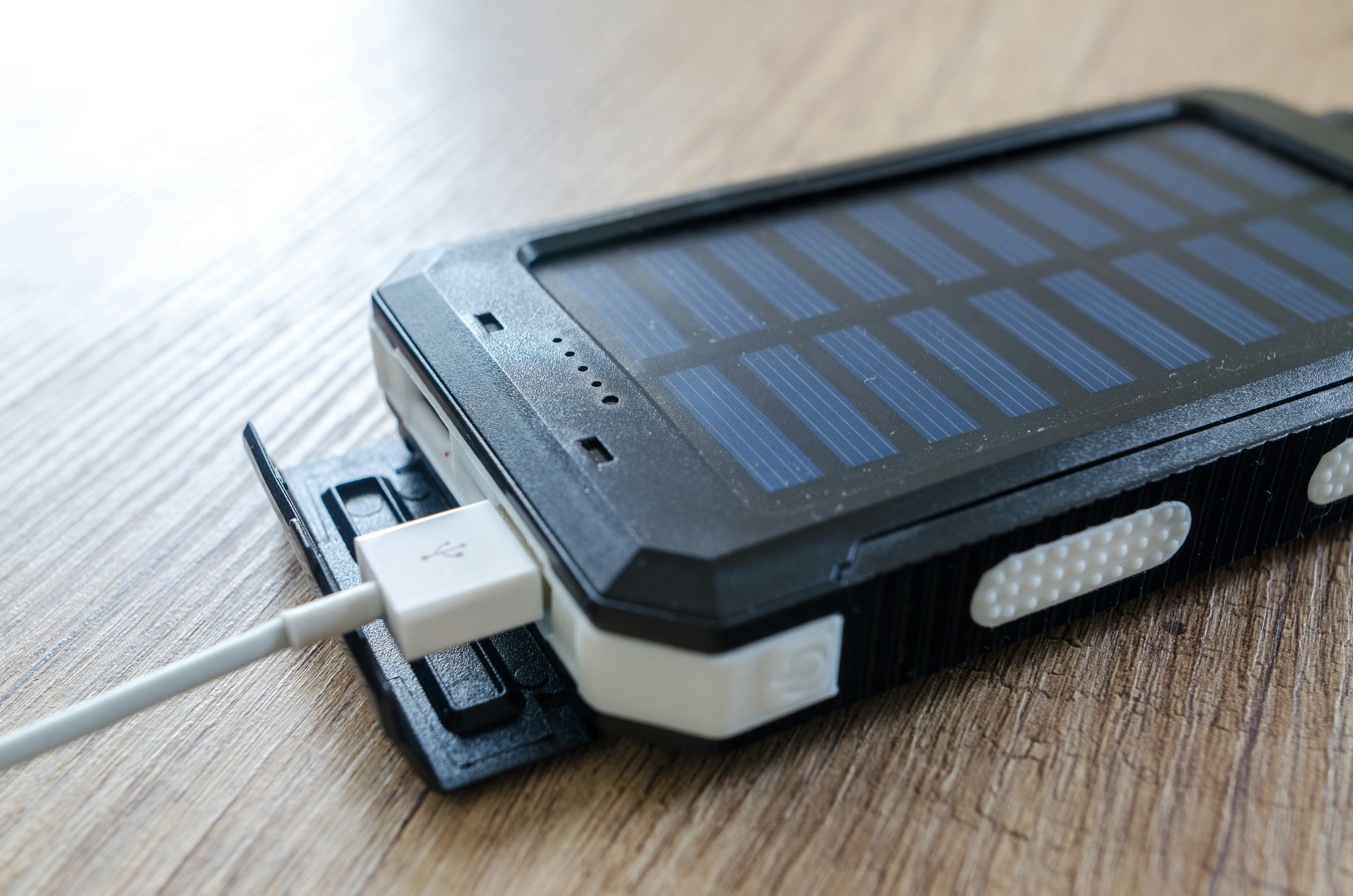You can set up a wireless home network using wireless local area network (WLAN) devices. A wireless LAN has a wireless interface that enables wireless communication between computers and peripheral devices that are part of the LAN. A wireless LAN has a limited range and is designed for use only in a local environment, such as a building, office complex, or home. The main advantage is the flexibility and mobility provided by a wireless LAN.
A wireless home network can be easily set up by connecting a wireless router to the network. The router should be placed in a central location within the house. Computers that are placed near the router, or in the same room as the router, receive better network speeds. Most wireless routers support broadband modems, while others support dial-up connections. Each computer connected to the wireless LAN must have a wireless LAN card installed.
It is mandatory to name the wireless network and make sure that all computers in the WLAN share the same network name. Although a wireless router contains a built-in access point, you may need to use a wireless access point if you are expanding an existing Ethernet home network. The access point must be wired to the LAN switch, hub, or router.
Unlike cellular networks with fixed frequencies, WLAN users have to share frequencies, which sometimes leads to collisions. The choice of frequency depends on whether microwave, spread spectrum or infrared communication is used.
The main WLAN standards include the IEEE-802.11 series and HiperLAN. The IEEE-802.11 (Wi-Fi) standard supports a data rate of 1 Mbps and various physical media options, such as spread spectrum and infrared. An added feature of this standard is battery conservation for idle or inactive wireless users. The faster 54 Mbit/s standards 802.11a (5 GHz) and 802.11g (2.4 GHz) are now available. New standards beyond the 802.11 specifications, such as 802.16 (WiMAX), are currently being developed and offer various improvements, such as increased range and faster transfer speeds.
The HiperLAN standard can be used to support channel speeds of 23.5 Mbps. However, it only supports the use of spread spectrum physical media and is not very popular.
